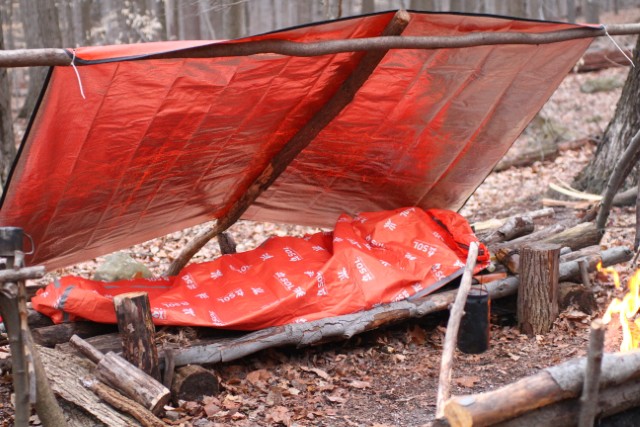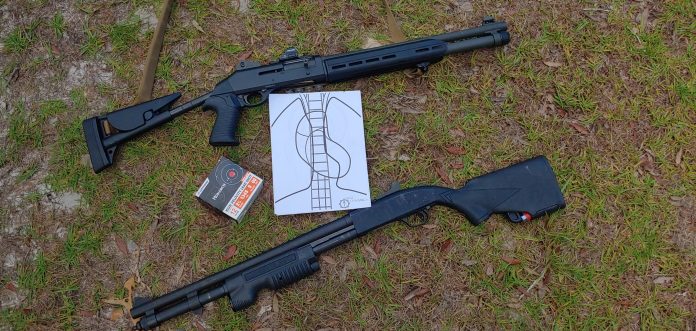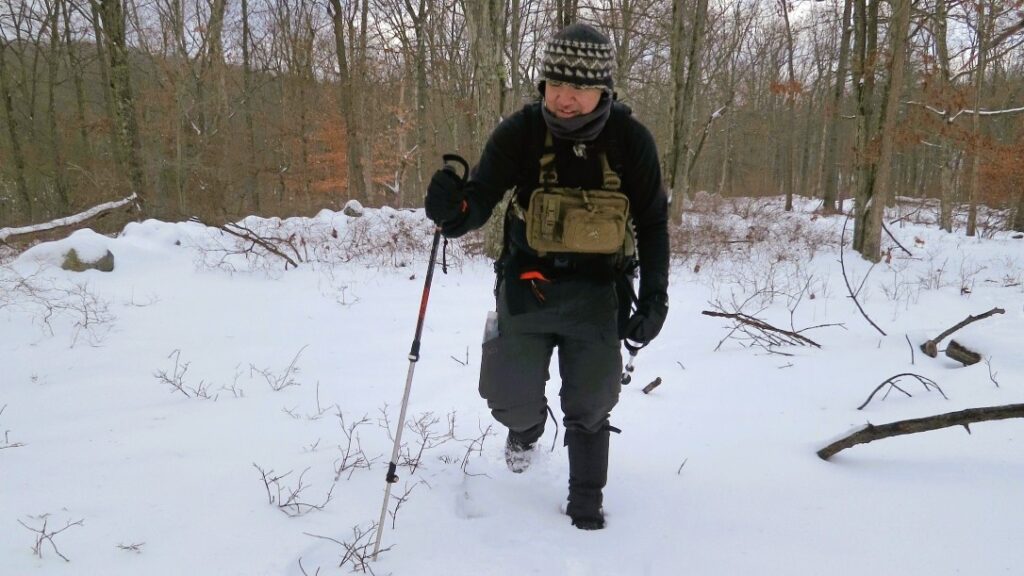Having the right tools is essential, but many small items can make a big difference when traveling and exploring the outdoors. Those mini outdoor conveniences for adventures and travel can be the biggest.
I’ve found these items to be invaluable on more than one occasion. Let’s highlight the value and how little space and weight these minuscule items require while accomplishing so much.
Mini Items for Convenience in the Outdoors
Nails for Convenience
Luxury and necessity nails rock outdoors. I used to feel like it was cheating to use too many manufactured items outdoors, except for tools. I accepted I’d have to make it or find a woodsy solution—like tying it rather than nailing it.
Advertisement — Continue Reading Below
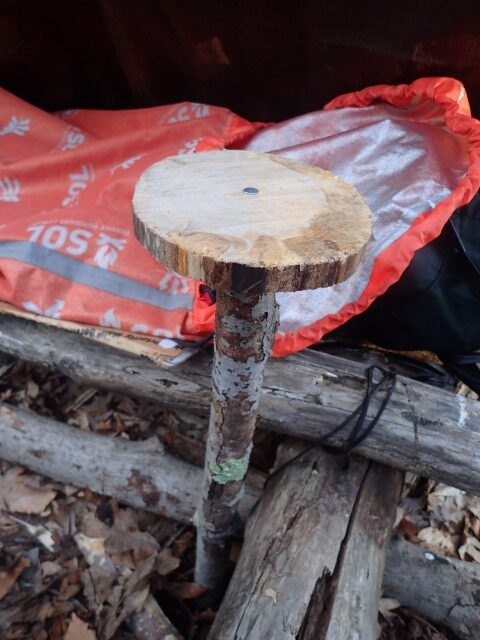
Fast forward decades later, and I found myself sleeping next to a crafty nightstand for my camera and phone. It was tempting not to make this nightstand. All I needed was a saw, wood, and a small nail. I sawed a dead stick a little more than broomstick-thick and carved a point on one end. Next, I found a dead limb that recently blew down about 4-6 inches wide.
I used a saw and cut a small disc that would become my tabletop. I hammered the stick into the ground next to my pole bed using a rock. Now, I placed the wooden disc on top of the stick and hammered the nail through and into the stick. Instant drink or phone stand. How’s that for mini outdoor conveniences?
Advertisement — Continue Reading Below
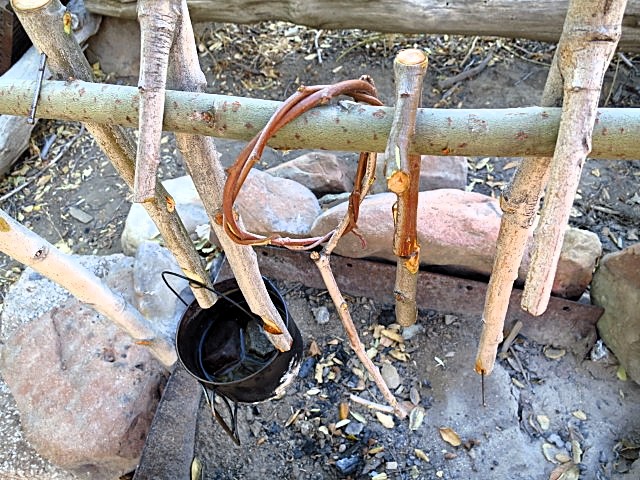
The famed Horace Kephart book, Camping and Woodcraft, mentions several pot hooks Kephart crafted. He made almost all of them with a green branch and a knife. However, one pot hook, called the Hake, required only a simple nail and a forked branch.
The hake is a straightforward tool. It begins with a Y-shaped green branch, trimmed above the junction and inverted to hang from the waugan stick (crossbar). Instead of carving a pot hook notch for the kettle bail, he makes it simple. A nail is driven into the stick’s end at a 45-degree angle, providing an efficient way to suspend cookware.
Advertisement — Continue Reading Below
Zip Ties for Outdoor Crafts
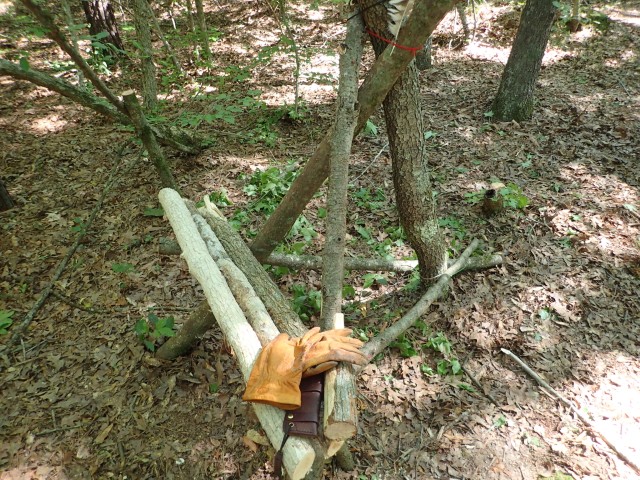
I’ve made chairs, tables, and stools for camp comfort over the years—that’s a lot of cordage. A popular camp chair that everyone tried several years ago consisted of a tripod-like structure with a cloth seat. Another version had split wood or uniformly cut sticks as the seat. They all used a ton of cordage.
I had an idea before a camping trip in Georgia to explore some crafts using mini outdoor conveniences—zip ties. I used a live tree as my third piece for the tripod, which saved a lot of time. I sawed two wrist-bicep-thick poles that would be bound together and lashed to the main tree. Then, I added two more poles on the sides of the lashed poles, at a height where the seat would be. I crossed and secured them together with zip ties to the back of the live tree. All that was left was to saw a few cross pieces to sit on.
Advertisement — Continue Reading Below
The zip ties made it super fast and secure. The question was, would it work and hold my weight? Yes, it did!
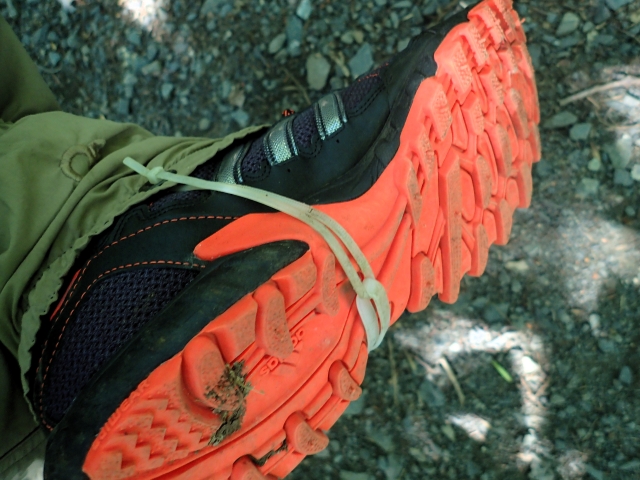
The Quick Outdoor Stool
Super fast and easy, and it looks like a pack frame. This build also uses zip ties—six will do. I used a strong live tree and three wrist-bicep-thick poles cut with a saw. I crossed two longer poles closer to the top, like an uneven X, and lashed them together using two zip ties. Then, I lashed one pole horizontally to the other two at about knee height. I used two zip ties on each lash to form an X. Then, I just scooted the bottom out so the stool was approximately at a 45-degree angle. Quick stool done.
Advertisement — Continue Reading Below
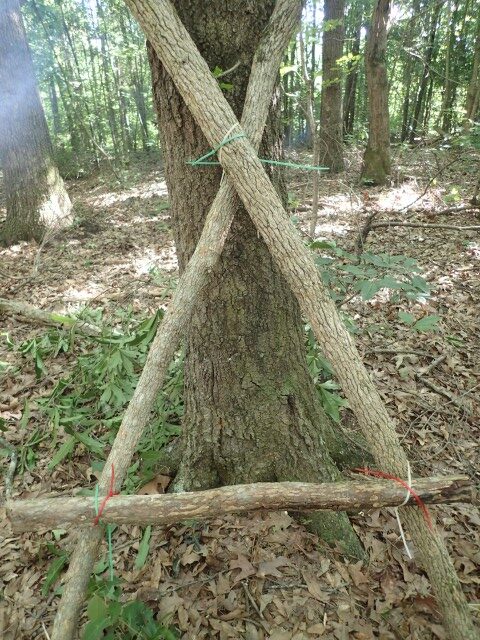
The list goes on when it comes to using zip ties for projects, quick fixes, and hacks!
Duct Tape, King of Convenience
Yes, there are hundreds of ways to use duct tape for life and camping hacks. Heck, there could be a whole other article or book on utilizing that magical stuff. I see a lot of people beefing up the grommets of cheaper tarps with duct tape. I may have even tried that, too. However, I have three go-to duct tape jobs that work.
Advertisement — Continue Reading Below
The first job for duct tape is as a universal gear patch. I’ve used it on backpacks that were punctured, hammocks in the jungle, and rain gear. If you like light gear, like Frogg Toggs, it’s thin and prone to tears and minor holes from fire embers. Mini outdoor conveniences accomplished. Duct tape will fix it!
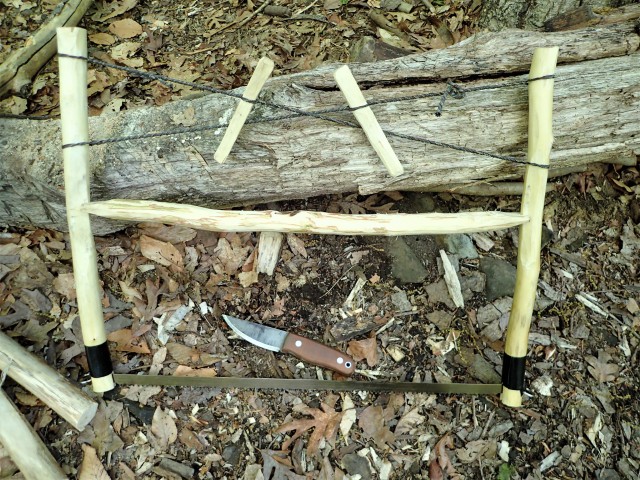
I’ve been experimenting for the last four years, cutting down my cordage spending. Anything that requires whipping, according to books and teachings, I’ve opted to use different knots, like a jam or constrictor. When making a bucksaw in 2021, I decided to skip the whipping above where the saw blade split rests. You can cut duct tape before needing it and grab it carefully when it’s time.
Advertisement — Continue Reading Below
Tightly grip the split area and wrap the tape around the wood. Now, you have a handle, too. If you have the good stuff, Gorilla Tape, you shouldn’t need whipping. Or, you can use the tape as a quick holder until you get to your cordage. Besides, it takes time and effort to increase splits using the bucksaw.
Beat the Wind with Duct Tape
A quick camp hack is to make fatwood or magnesium shavings onto a strip of duct tape with the sticky side up. First, keep your back to the wind and get as close to the tape as possible without snagging it on your tinder source. Get a decent pile onto the duct tape. When you ignite it, you won’t knock all your hard-earned tinder shavings away, losing them to the wind. You’ll also get the added benefit of the duct tape as a secondary tinder source, giving you a few extra seconds to get your fire lit!
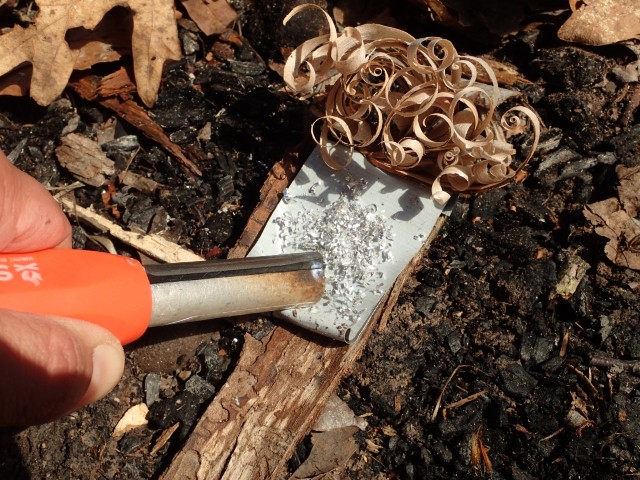
Advertisement — Continue Reading Below
Conclusion: Mini Outdoor Conveniences
Incorporating small, versatile tools like nails, zip ties, and duct tape into your outdoor adventures can greatly enhance your experience. These mini conveniences offer innovative solutions that simplify tasks and inspire creativity, proving that the smallest items can make a big impact in the wild!
